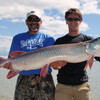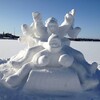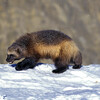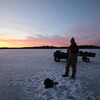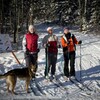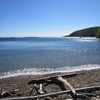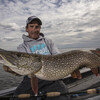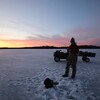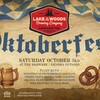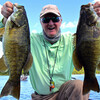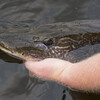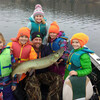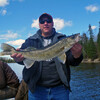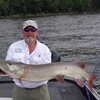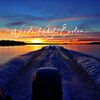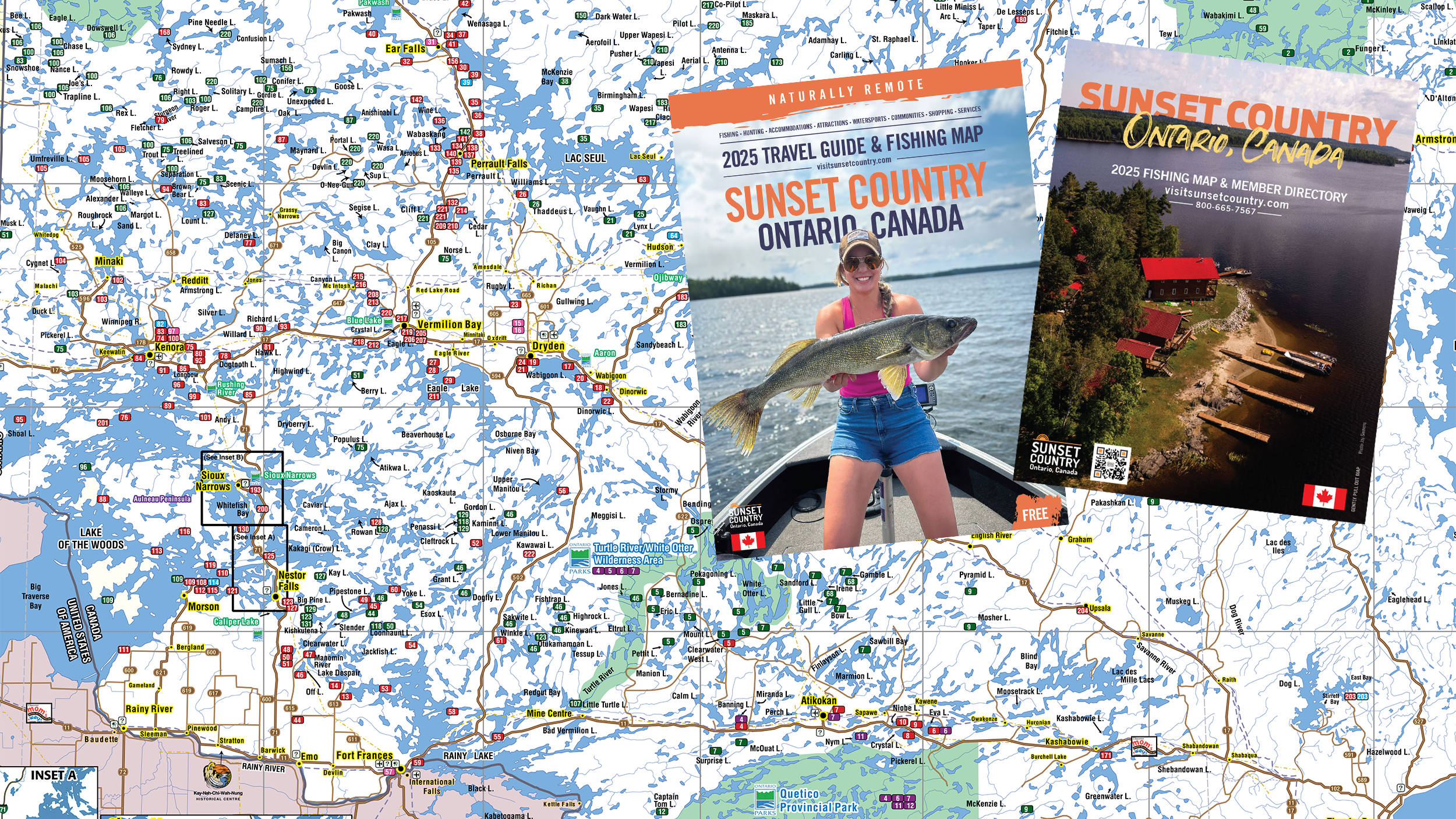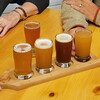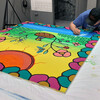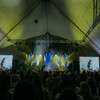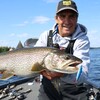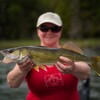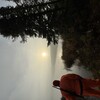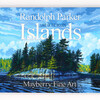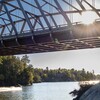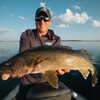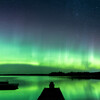
Explore the Sandy Sable Islands: A Caribbean Island Vibe in Northwestern Ontario
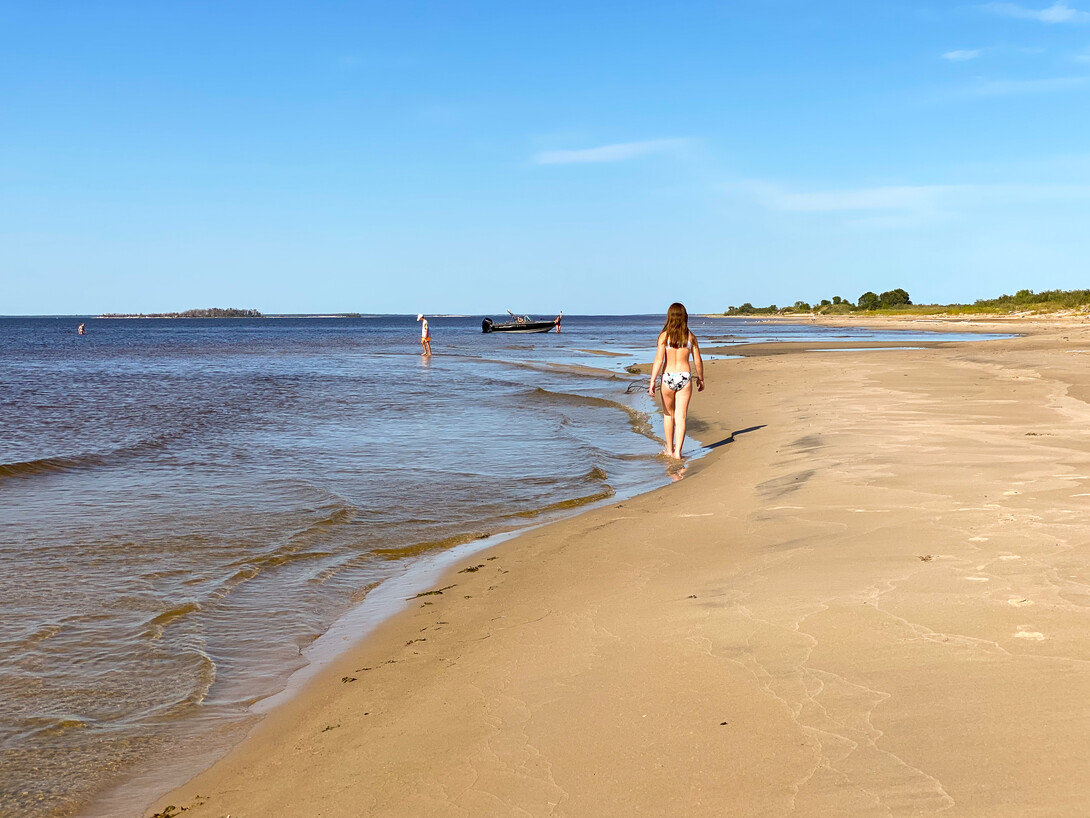
Near the south end of Lake of the Woods lies Sable Islands, an elongated barrier sandbar featuring marshes and rounded sand dunes. The dunes are part of the Sable Islands Provincial Nature Reserve. Not to be confused with Sable Island National Park east of Nova Scotia.
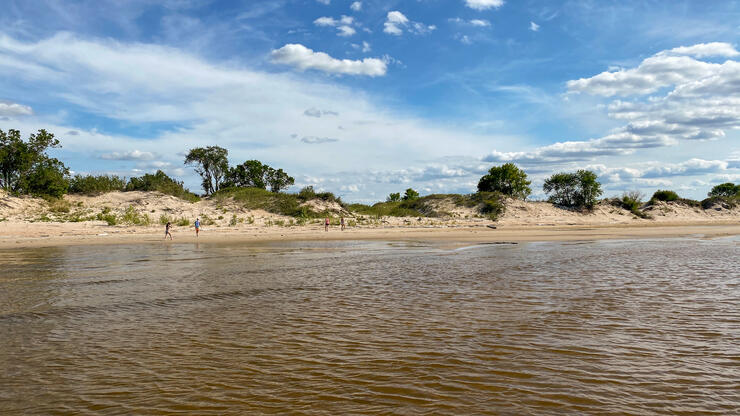
What Is There to Do on the Sable Islands? Explore!
The south end of Lake of the Woods is much different than the central and north parts of the lake. The Big Traverse Bay is relatively shallow (about 35’ deep at the maximum depth) and has no weeds or rocky reefs. There are beaches everywhere around the Morson area and many sandbars as well. Unlike much of the surrounding area, there aren’t any massive rock cliffs towering over the water. In fact, standing on the sand dunes and looking towards the Big Traverse, you feel like you're in the Caribbean. The water is shallow and crystal clear and the view goes on for days.
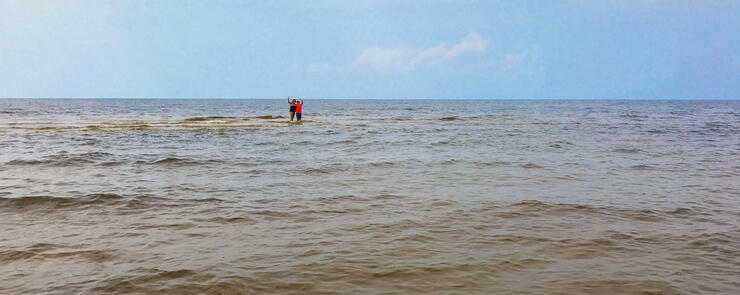
You can walk for a long time exploring the sand dunes. This year the water was a bit more shallow than the last time I visited which allowed for better exploring. The sand is soft and powdery. It’s really fun to walk around in the shallow water, find cool driftwood, go birdwatching, climb the sand dunes, or have a picnic lunch.
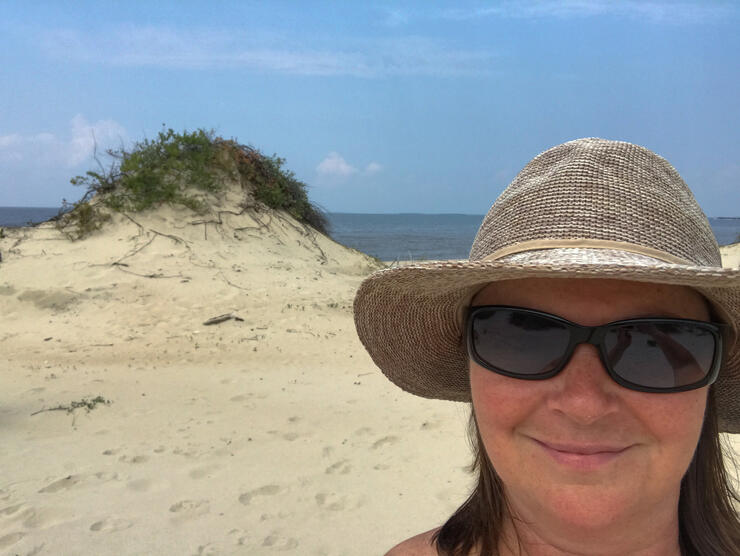
In my two visits to Sable Islands, we stayed nearby overnight to do some camping, but many of my friends who live in Kenora have left early in the morning, spent some time at the islands, and then headed home for a beautiful sunset boat ride. So depending on where you are staying on Lake of the Woods, it may be an hour or two outing or it may take the whole day. Just make sure it's a calm one. The waves coming from the Big Traverse can get pretty wild on a windy day.
What are Some Facts About the Sable Islands, Ontario?
- Sable Island is roughly 10 km (6.2 m) long and is low enough in some parts that it becomes two or three islands in high water.
- It's part of the Lake of the Woods Sand Spit Archipelago which consists of Sable Islands, Burton Island, and Windy Point in Canada as well as Pine, Currys, and Tern Islands, Morris and Rocky Points, and Zippel Spit in the United States.
- Burton Island is covered in birds, and while occasionally smelly because of all the bird droppings, you can see many types of birds including pelicans.
- The fishing is great around the island too.
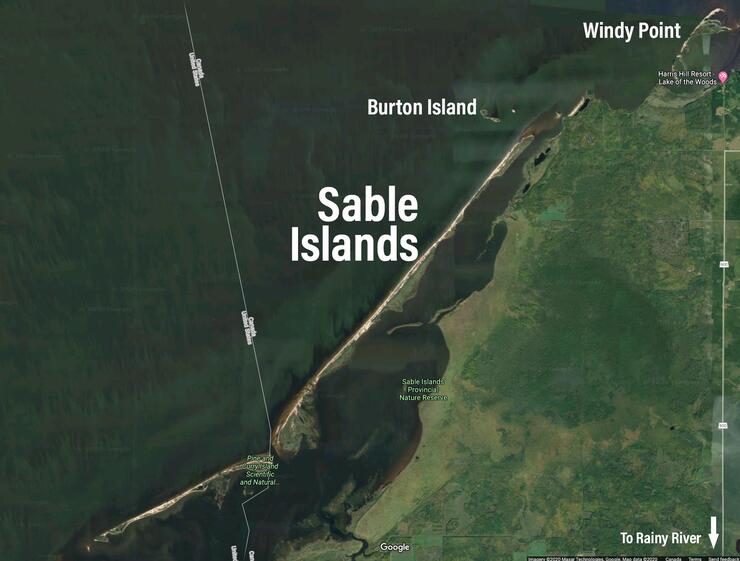
- The area is an IBA (Important Bird Area).
256 bird species have been identified in Sable Islands Provincial Nature Preserve and 137 of those have been recorded as nesting. Sandhill cranes can be seen and at least one sandhill nesting crane nest has been documented. The dunes are regarded as suitable nesting habitats for the endangered piping plover and they are periodically observed on the island. It is an important staging area for migratory birds using the Central Flyway, resulting in the congregation of thousands of birds between the Sable Islands and the mouth of the Rainy River in early spring.
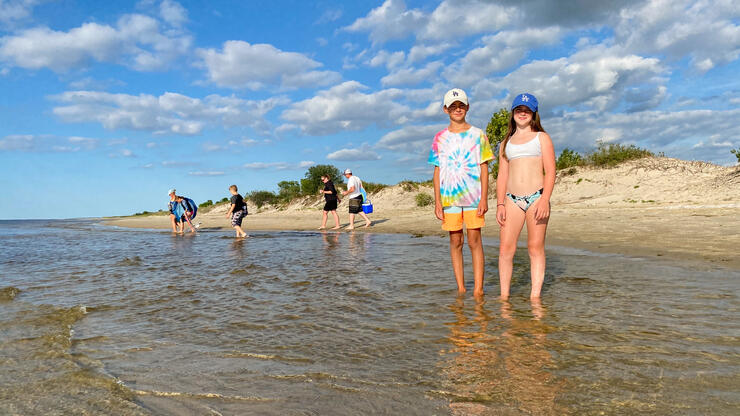
Plan a Trip to the Sable Islands, Ontario Today
So, if you’ve been saying for years that you’re going to take a boat ride to Sable Islands, go and check it off your bucket list. It’s truly like you are in a different world.
Disccover the towns and accommodations available near Sable Islands on the map below. You can also search for accommodations all over Sunset Country by using our accommodation finder.
Recommended Articles
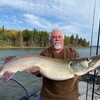
Is the 1,400 Kilometre Drive to Northwest Ontario For a Fishing Trip Worth it?
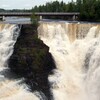
8 must-see waterfalls

6 Ways to Get Your 10,000 Steps This Fall
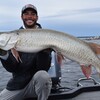
Top 5 Reasons You Should Be Fishing in Morson, Ontario

Discover The Winnipeg River
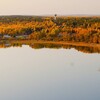
Enjoy Sunset Country's Fall Colours on Your Next Road Trip

Fishing in the Fall?
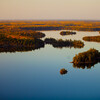
6 Reasons to Book a Fall Vacation to Sunset Country
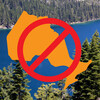
10 Reasons to Avoid Ontario’s Sunset Country
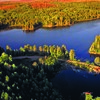
Heading Across Canada?
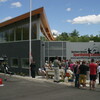
A Guide to Sunset Country Museums
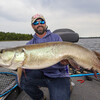
The Promised Land: Best Muskie Fishing in Ontario
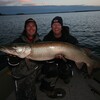
Fall Fishing Tips
5 Essential Boreal Experiences in Ontario's Sunset Country
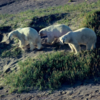
5 Obscure Facts About Northwestern Ontario: Were You Aware of These?
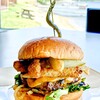
Great Food in Relatively Unknown Places
Outdoor Medicine
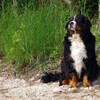
A Guide to Bringing Your Pets on Vacation to Canada
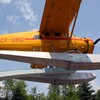
There's more than just fishing in the Red Lake Region

5 Amazing Sights You Can Only See By Boat

Going Fishing in Canada?
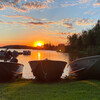
Going fishing in Ontario?

Outdoor Adventure in Ontario's Northern Paradise
Planning A Family Fishing Trip to Canada

Tips from a Fishing Legend
